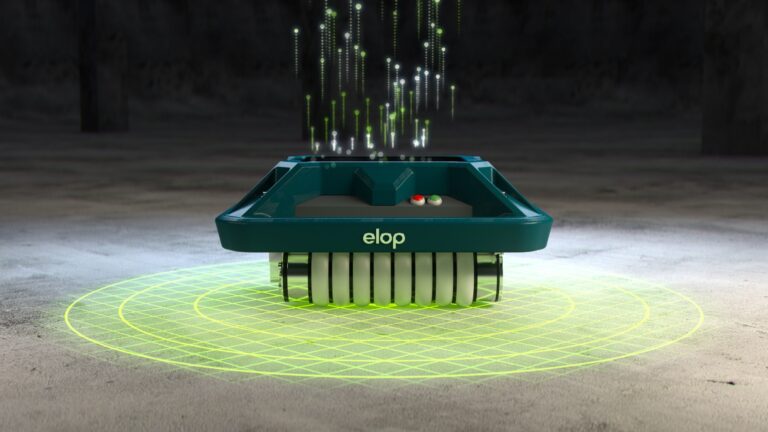Pile Integrity Testing (PIT)
Pile Integrity Testing (PIT) is a non-destructive testing method widely used in the construction industry to assess the integrity and quality of deep foundation elements such as piles and drilled shafts. This page explores the applications of PIT, its importance in construction projects, and the benefits it offers to engineers, contractors, and project stakeholders.
Pile Integrity Testing plays a crucial role in ensuring the quality and integrity of foundation elements during construction. By assessing the continuity, integrity, and length of piles, PIT helps verify that they meet design specifications and structural requirements. This ensures that foundation elements can support the intended loads and provide long-term stability for structures such as buildings, bridges, and retaining walls.

Detection of Defects and Anomalies:
One of the primary applications of PIT is the detection of defects and anomalies in deep foundation elements. By analyzing the response of the pile to stress waves generated by impact or vibration, PIT can identify discontinuities, changes in cross-sectional area, voids, or soil inclusions along the length of the pile. This information allows engineers to assess the structural integrity of the foundation and take appropriate corrective measures if necessary.
Evaluation of Pile Length and Integrity:
PIT provides valuable insights into the length and integrity of piles, helping engineers verify that they have been installed to the specified depth and without damage or defects. By analyzing the time-domain or frequency-domain signals obtained during testing, PIT can determine the length of the pile and identify any irregularities or deviations from the expected profile. This information is essential for ensuring that the foundation can effectively transfer loads to the underlying soil or rock strata.
Assessment of Load-Bearing Capacity:
PIT is also used to assess the load-bearing capacity of foundation elements by correlating the integrity and stiffness of the pile with its ability to resist axial or lateral loads. By evaluating parameters such as pile dynamic stiffness, impedance, or transfer functions, engineers can estimate the load-carrying capacity of the foundation and optimize the design of structural systems accordingly. This allows for efficient utilization of materials and resources while ensuring structural safety and performance.
Quality Control and Quality Assurance:
PIT serves as an effective tool for quality control and quality assurance in foundation construction projects. By conducting systematic testing of piles during installation or after completion, contractors can verify compliance with design specifications, construction codes, and industry standards. This helps identify potential issues early in the construction process, minimizing the risk of costly rework, delays, or structural failures during later stages of the project.
Pile Integrity Testing (PIT) is a valuable technique for assessing the integrity, quality, and performance of deep foundation elements in construction projects. By detecting defects, evaluating pile length and integrity, assessing load-bearing capacity, and ensuring compliance with standards, PIT helps engineers and contractors optimize foundation design, construction practices, and project outcomes. Embracing the use of PIT contributes to safer, more efficient, and more sustainable construction practices, ultimately leading to the successful completion of infrastructure projects with enhanced structural integrity and longevity.
Contact us admin@concretescan.com today to get a quote.




